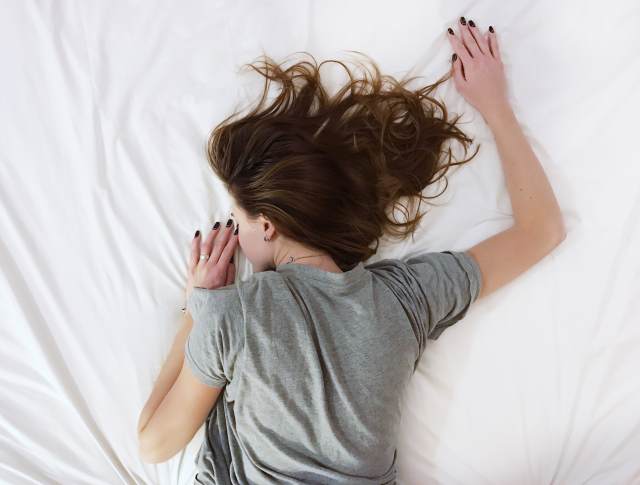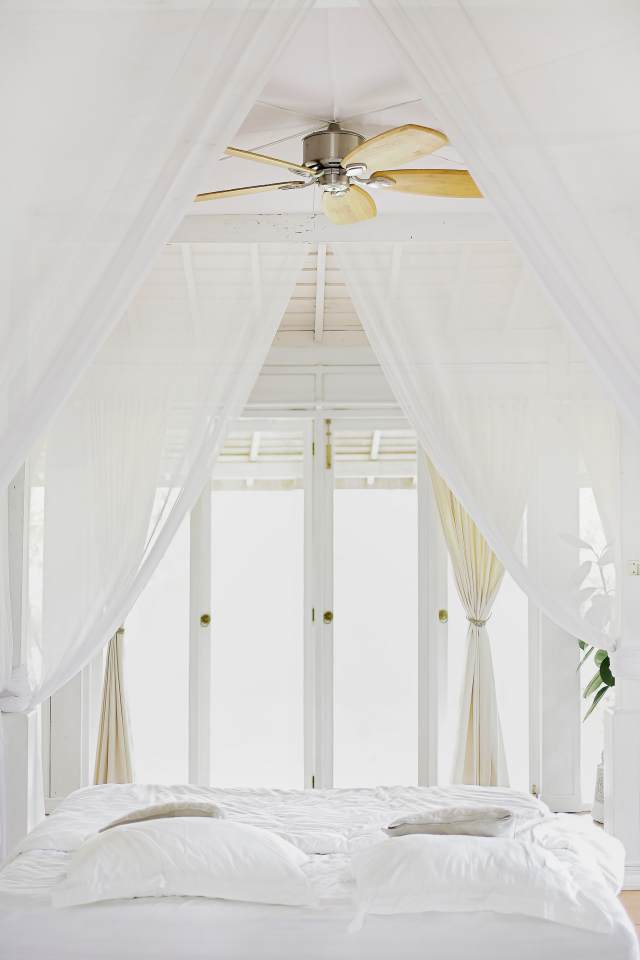It is not a wish, but rather a promise.
Getting a good night’s sleep is crucial, proper rest and good health depend a great deal on sleeping well.
For the manufacture of mattresses, bed bases, pillows and bed-time accessories, Tessilform Casa has always relied on scientific studies that analyse thoroughly all the sleep phases.
While we sleep, various parts of our body our stimulated. But let’s find out more, one thing at a time.
Skeletal system
Man has to sleep in a horizontal position so that the spinal column can relax, a crucial action needed to “recharge” the intervertebral discs. These discs are basically pads made of gel-like material found between one vertebra and the next, the function of which is to dampen the shocks caused by our movements during the day (walking, sitting down, jumping, etc.). While you sleep, they regenerate and recharge themselves just like real dampers. In fact, if you measure your height before going to bed and as soon as you wake up, you will notice that you are slightly taller (1-2 cm) in the morning: this is due to the fact that the intervertebral discs have regenerated themselves overnight. Likewise, you will also notice that, as the years go by, you lose suppleness in the spinal column, and actually “shrink” in old age: this is because the intervertebral discs dry up and are no longer able to regenerate themselves. We will see later on how you can actually help this important function by choosing the right mattress for healthy sleeping.

Vascular system
The human body’s complex arterial and venous system carries out the fundamental function of regenerating and oxygenating the entire body. While you sleep, the heartbeat slows down consequently causing the blood pressure to decrease as well. At the same time, breathing also becomes slow and deep, in order to bring more oxygen to the blood, all thanks to the slower blood flow, in order to regenerate the tissues and eliminate the waste accumulated during the day (toxins-dioxins, dead skin, etc. – organic elements on which the mite feeds -) through the epidermis. On average, a human body expels, while sleeping, approximately 120 litres of fluids over a year’s time, precisely to fulfil this important function of expelling organic material, regardless of whether it is hot or cold (proof of this is the fact that if we made it impossible for our skin to breathe, we would die of intoxication). In fact, it was demonstrated that if you weigh a mattress after it has been used for a certain number of years, it will weigh more since, once the liquid part has evaporated, the solid organic part stays inside the mattress, so much so that demonstrations aimed at selling especially powerful household appliances used for cleaning purposes are often carried out on the mattress, since it is often one of the dirtiest places in a home. This is the reason why the life of the mattress (7–10 years) is not just tied to a structural factor, but above all to a hygienic one.

Muscular system
An absolutely top-priority action while sleeping is to allow the regeneration and detoxification of the muscles. In order to create the best conditions for this to happen, it is necessary to relax the muscles so that the highest amount of blood possible can flow through. In fact, in case a muscle contraction (cramp) occurs while practicing a sports activity, the ideal solution is to massage the muscle in order to both relax it and to attract blood in order to “oil it”. Hence, it is extremely important to avoid any involuntary contractions of the muscles while you sleep, especially the back muscles and, more specifically, the lower back muscles. During the waking phase, the lower back is the part of the body that is under the highest pressure since, in addition to supporting the higher weight of the bust, it is also the area under the most stress due to twisting and bending movements. It is no coincidence that the lower back muscles are the most powerful muscles of our body. Their contraction is extremely negative both in terms of blood flow (a contracted muscle does not allow the circulation needed for tissue regeneration and for the elimination of dead cells), and in terms of the spinal column function (a contracted muscle hinders the relaxation of the spine and therefore the recharging of the invertebrate discs).

The Proper Way to Sleep
Medical research has demonstrated that about 50% of backaches originate from an incorrect posture while sleeping, caused by a wrong choice when buying a new mattress: either too stiff or too old and therefore caved-in with a “hammock effect”. While you sleep, your body spontaneously changes position. These changes are absolutely necessary both for the spinal column (your back “lives well when it is moving: any position, even the most comfortable one, becomes unbearable after a certain amount of time), and for a muscular-circulatory factor (by changing position, you allow your arterial and venous system to circulate more freely, thus performing its function: as already mentioned, your blood pressure goes down while you sleep). So, the ideal mattress has to have two main qualities: the first is the ability to provide the right support so that the spine is in the proper position (orthopaedic support); the second is to adjust to the shapes of your body in the most uniform manner, regardless of the position (ergonomic support), in order to distribute the weight over the largest possible surface so as to avoid pressure points that may cut off the blood flow or create “bridges” (indeed, if we lay down on our back on a surface that is too rigid, a bridge forms in the area of the lower back, causing an involuntary contraction of the muscles that results in the negative consequences mentioned above).
Choosing a Mattress
Does the “best” mattress exist? – Are the tables that indicate the right product based on weight and height correct? The answer to these questions is always no. Choosing a mattress is an extremely personal process and, provided the basic characteristics are correct, the decision to purchase a mattress should not be taken too lightly. There are many variables, both in terms of the products, indeed there are great spring mattresses (Bonnel springs, HD springs, pocketed springs, micro springs, etc.), and mattresses made of foam materials (latex, memory foam, bio-materials, etc.), and in terms of the individual’s habits and posture. Those who love sleeping on their side will prefer a softer mattress so that the shoulder can “sink in” better and the spine is in its proper axis, whilst those who prefer sleeping on their stomach will choose a mattress that provides more support in order to prevent arching of the back. The most important thing when choosing a mattress is always to try it first (just like when buying a pair of shoes) and to seek clear and proper advice, asking qualified personnel to explain the technical characteristics of the specific product.